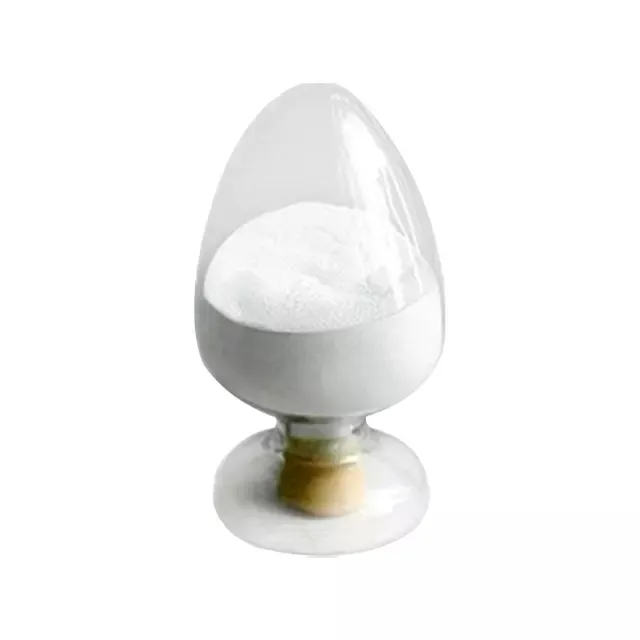Warning: Undefined array key "title" in /home/www/wwwroot/HTML/www.exportstart.com/wp-content/themes/1198/header.php on line 6
Warning: Undefined array key "file" in /home/www/wwwroot/HTML/www.exportstart.com/wp-content/themes/1198/header.php on line 7
Warning: Undefined array key "title" in /home/www/wwwroot/HTML/www.exportstart.com/wp-content/themes/1198/header.php on line 7
Warning: Undefined array key "title" in /home/www/wwwroot/HTML/www.exportstart.com/wp-content/themes/1198/header.php on line 7
- Afrikaans
- Albanian
- Amharic
- Arabic
- Armenian
- Azerbaijani
- Basque
- Belarusian
- Bengali
- Bosnian
- Bulgarian
- Catalan
- Cebuano
- China
- China (Taiwan)
- Corsican
- Croatian
- Czech
- Danish
- Dutch
- English
- Esperanto
- Estonian
- Finnish
- French
- Frisian
- Galician
- Georgian
- German
- Greek
- Gujarati
- Haitian Creole
- hausa
- hawaiian
- Hebrew
- Hindi
- Miao
- Hungarian
- Icelandic
- igbo
- Indonesian
- irish
- Italian
- Japanese
- Javanese
- Kannada
- kazakh
- Khmer
- Rwandese
- Korean
- Kurdish
- Kyrgyz
- Lao
- Latin
- Latvian
- Lithuanian
- Luxembourgish
- Macedonian
- Malgashi
- Malay
- Malayalam
- Maltese
- Maori
- Marathi
- Mongolian
- Myanmar
- Nepali
- Norwegian
- Norwegian
- Occitan
- Pashto
- Persian
- Polish
- Portuguese
- Punjabi
- Romanian
- Russian
- Samoan
- Scottish Gaelic
- Serbian
- Sesotho
- Shona
- Sindhi
- Sinhala
- Slovak
- Slovenian
- Somali
- Spanish
- Sundanese
- Swahili
- Swedish
- Tagalog
- Tajik
- Tamil
- Tatar
- Telugu
- Thai
- Turkish
- Turkmen
- Ukrainian
- Urdu
- Uighur
- Uzbek
- Vietnamese
- Welsh
- Bantu
- Yiddish
- Yoruba
- Zulu
Aug . 18, 2024 09:58 Back to list
Evaluating the Purity Levels of Propylene Glycol for Industrial Applications
Understanding Propylene Glycol Purity Importance and Impact
Propylene glycol, a synthetic organic compound, is widely recognized for its versatility and numerous applications across various industries. Its chemical formula, C3H8O2, signifies an alcohol that possesses both hygroscopic and solvent properties. However, the purity of propylene glycol is a crucial factor that significantly influences its efficacy and safety in applications ranging from food and pharmaceuticals to cosmetics and industrial processes.
What is Propylene Glycol?
Propylene glycol, often referred to as PG, is produced through the hydration of propylene oxide. It is colorless, odorless, and tasteless, making it an ideal additive for products that require a neutral profile. It acts as a humectant, solvent, and preservative, which contributes to its popularity. In food industries, for example, it is commonly used to retain moisture and improve texture in processed foods. In pharmaceuticals, it serves as a solvent for active ingredients, facilitating effective drug delivery.
The Importance of Purity
The purity of propylene glycol is paramount for ensuring its safety and effectiveness. High-purity propylene glycol meets stringent regulatory standards, making it suitable for consumption and medical applications. The acceptable purity level for food-grade propylene glycol typically exceeds 99.5%, ensuring that the product is free from harmful impurities that could adversely affect human health.
In pharmaceutical applications, the stakes are even higher. Impurities in propylene glycol can lead to adverse effects, including allergic reactions or toxicity. This is why regulatory bodies, such as the U.S. Food and Drug Administration (FDA), impose rigorous testing and certification processes to ensure that propylene glycol utilized in pharmaceuticals meets or exceeds the established purity standards.
propylene glycol purity

Methods of Assessing Purity
To assess the purity of propylene glycol, various analytical methods are employed. Gas chromatography (GC) and high-performance liquid chromatography (HPLC) are commonly used techniques to analyze the composition of propylene glycol samples. These methods allow for the detection and quantification of impurities, ensuring that only high-purity products reach consumers and industry applications.
Implications of Low Purity
Using low-purity propylene glycol can have serious implications. In food applications, higher levels of impurities can result in foodborne illnesses or allergic reactions in sensitive individuals. In pharmaceutical settings, the presence of contaminants can compromise drug efficacy, leading to treatment failures or adverse health outcomes. Furthermore, in industrial applications, low-purity propylene glycol may affect the quality of the final product, resulting in economic losses.
Conclusion
In summary, the purity of propylene glycol is a critical aspect that cannot be overlooked. As a compound utilized in various sectors, including food, pharmaceuticals, and cosmetics, maintaining high purity standards is essential to ensuring safety, efficacy, and regulatory compliance. Industries relying on propylene glycol must prioritize sourcing high-purity products from reputable suppliers to mitigate risks and enhance consumer trust. As regulations evolve and consumer awareness grows, the emphasis on purity will continue to shape the landscape of propylene glycol applications, driving innovation and improved standards throughout the industry.
Latest news
-
Certifications for Vegetarian and Xanthan Gum Vegetarian
NewsJun.17,2025
-
Sustainability Trends Reshaping the SLES N70 Market
NewsJun.17,2025
-
Propylene Glycol Use in Vaccines: Balancing Function and Perception
NewsJun.17,2025
-
Petroleum Jelly in Skincare: Balancing Benefits and Backlash
NewsJun.17,2025
-
Energy Price Volatility and Ripple Effect on Caprolactam Markets
NewsJun.17,2025
-
Spectroscopic Techniques for Adipic Acid Molecular Weight
NewsJun.17,2025

